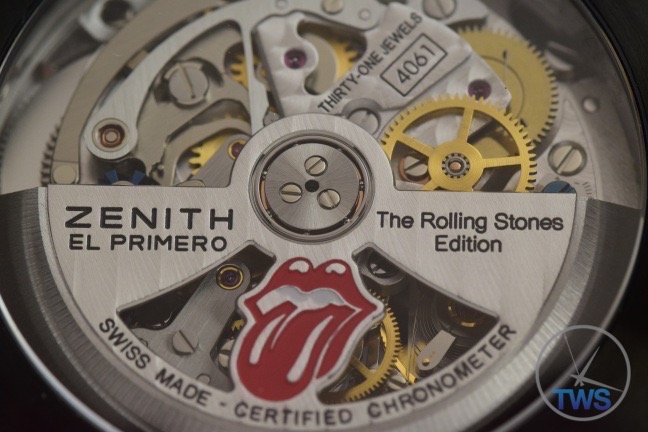Watch Buyers Guide – Movement
The main choice of movements are either Quartz or Automatic. A Quartz movement is predominantly found in ladies watches due to size constraints, in the more affordable mens watches, and watches where accuracy is of high importance. It works by passing an electrical current through a quartz crystal that oscillates at a known frequency, and which can then be used to measure time. They do not require being kept wound up, but will need their battery replaced every 2-4 years with a silver oxide battery, or 3-6 years with a lithium battery (depending on the specific type of quartz movement used). Very few quartz watches are desirable to collectors and expect to see them depreciate in value significantly more than similar watches with a mechanical movement.

A mechanical watch uses a non electrical mechanism to measure the passage of time. It can either derive it’s energy from manually winding the crown, or on automatic movements, which collect the kinetic energy from the movement of the wearers wrist that’s then stored in the mainspring. Time is regulated with a balance wheel that is spun back and forth at a constant rate. An escapement meter is used to divide this energy into regulated parts.
The second hand on a mechanical watch differs to a quartz watch as they don’t tick, but instead sweep their way around the watch face. They need to be kept wound up by hand or with a watch winding box as they usually only have a couple days worth of energy stored in reserve.
Like an expensive car, a mechanical watch needs regular maintaining, servicing and lubricating to keep it in good condition. It is recommended that if a watch is subjected to regular water immersion, to have it’s seals checked, replaced and serviced every 3 to 5 years. Otherwise, a service between 5 and 8 years is considered the norm.

You must be logged in to post a comment.